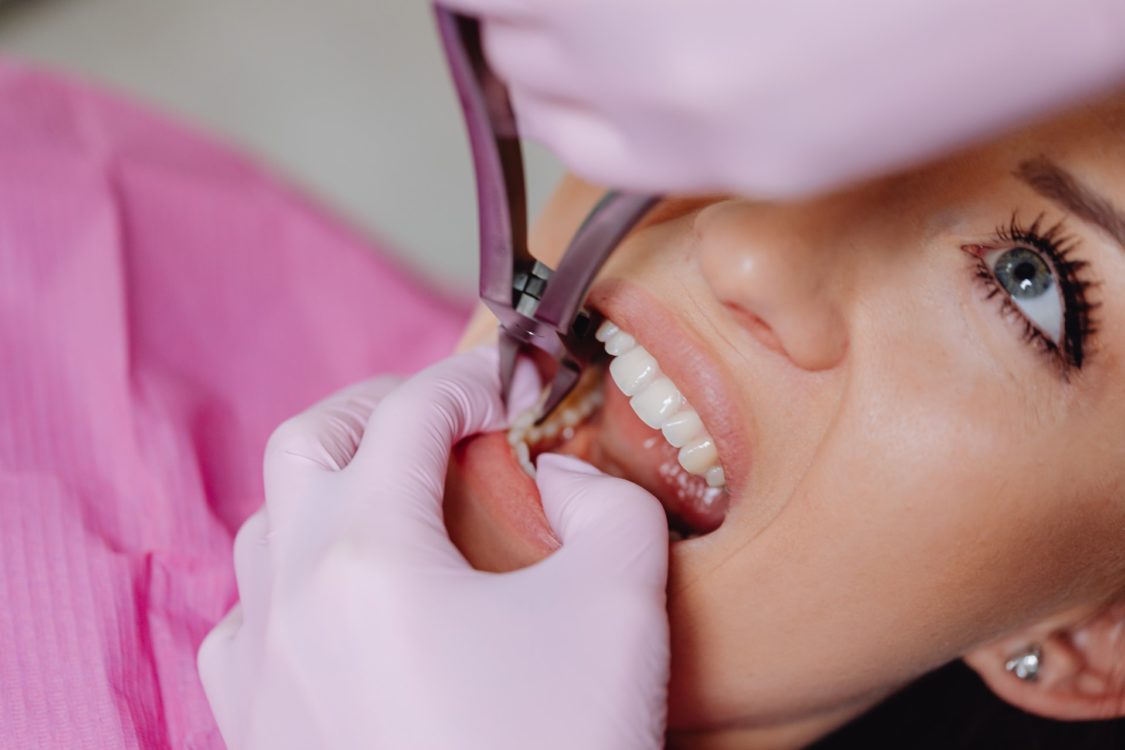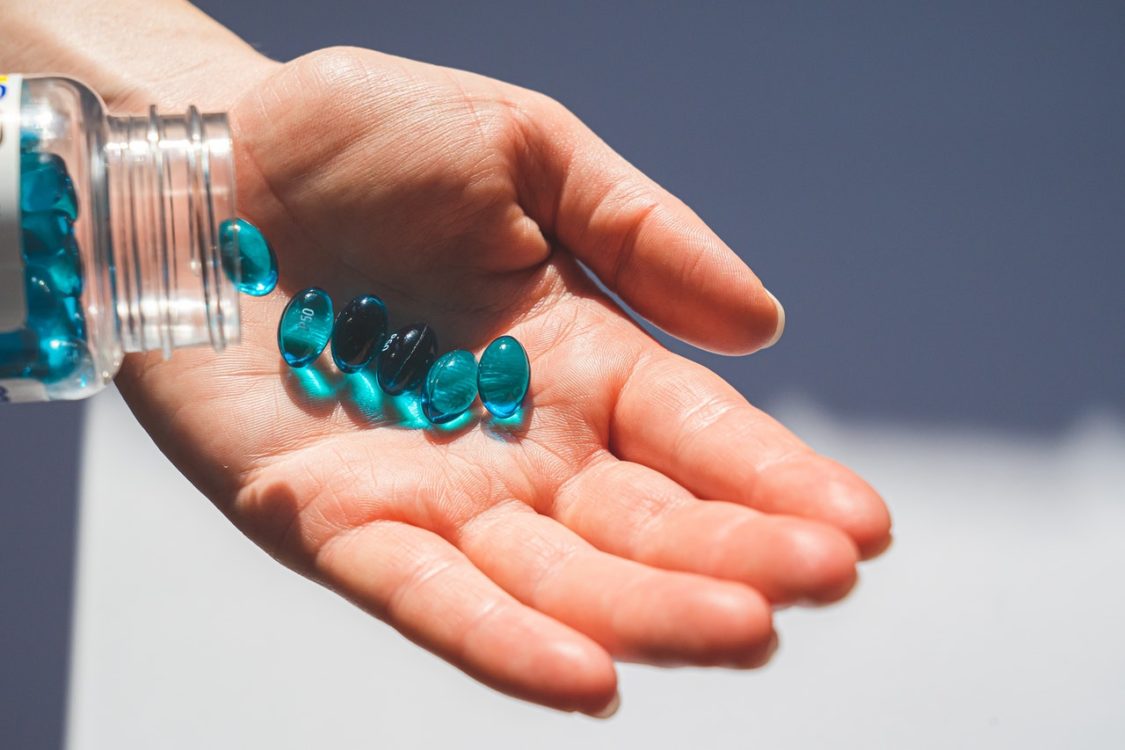Health care cost growth is a problem because participants in the system aren’t all in agreement on what constitutes a “cost.” Policymakers and politicians often refer to “costs” as the reimbursements a provider receives from a payer. In reality, though, health care providers allocate costs according to their compensation. By reducing payer reimbursements, policymakers reduce provider revenues but don’t decrease the actual costs of delivering care. But how can we lower healthcare costs and improve patient outcomes?
Price growth caps
Many people have raised concerns about the effectiveness of price growth caps in reducing health care costs. While a price cap is similar to a price ceiling, there are differences between price growth caps. For example, price caps do not prevent providers from raising prices past a certain level; they only restrict their ability to raise prices above that limit. Furthermore, price growth caps require state governments to enforce the policies.
Increasing prices for health care does not necessarily mean better quality or more efficient care. The higher-priced providers may have consolidated their industries, which may have resulted in increased prices without quality improvement. Similarly, physicians’ fees are unlikely to increase in a way that would improve quality. If price caps were to reduce the growth of health care costs, the savings would be greater in the long term.
Medical liability reforms
Medical liability reform is among the numerous ways to lower health care costs. The implementation of medical liability reforms can reduce transaction costs and expand the base of compensable injuries. However, opponents of these reforms point out that they increase health care costs by decreasing incentives to practice precaution. Some other potential benefits of medical liability reform include reduced health care costs and improved outcomes. This article explores the implications of medical liability reforms on health care costs and health outcomes.
Regardless of the specific reforms implemented, the main goals of medical liability reform are to improve the quality of health care, reduce the cost of services, and improve patient outcomes. These reforms are crucial because they affect employers’ ability to provide health insurance to their employees and families. More importantly, they reduce the incentives for health care providers to offer high-cost care. In addition, employers provide health coverage to more than 10 million non-elderly individuals.
Optimizing patient flow
Increasing health care demand and budget constraints put pressure on hospital administrators to optimize patient flow while meeting quality and safety standards. Hospitals must move admitted patients from the inpatient to the outpatient status while maintaining HIPAA compliance. Improving patient flow is critical for improving the safety and satisfaction of patients, staff members, and hospitals. By addressing patient flow issues, hospitals can increase patient retention, improve staff productivity, and increase profitability.
While hospital administrators understand the need to improve patient flow, they lack comprehensive strategies to improve patient flow. Effective patient flow management begins with a holistic understanding of the hospital as an interconnected care system. It also requires strong executive leadership to ensure the success of the improvement efforts. Several factors may impede patient flow, including inadequate communication and ineffective scheduling. Using patient flow modeling helps organizations evaluate the performance of their entire system. For example, it can help hospital personnel determine whether to add more beds or reduce waiting times for specific patient types.
Single-payer system
In a study, researchers compared health care costs in the United States and Canada. They found that a single-payer system would lead to greater net savings, unlike the more conservative estimates. In addition, the studies found that more people would receive health care services under such a system and that a single-payer system would improve outcomes. The findings were analyzed using data from a variety of sources.
The study’s methodology included an analysis of the first-year costs of single-payer health care systems compared to Medicare fee-for-service plans. The researcher used cost projections from 10 different models and assumed savings would grow over time. For instance, the savings from reducing drug costs were estimated to be from 3% to 27%, with the largest savings coming from plans that lower drug prices. However, the exact costs and savings will vary according to the specific proposed system. The single-payer system proposed would replace private health insurance in the United States with a public health care system. It would be similar to the process in Canada and many wealthy countries.
Antitrust enforcement
While relying on the current economic crisis to justify antitrust enforcement is tempting, the resulting effects of antitrust policy may be worse than the economic crisis itself. The Antitrust Division is a highly politicized and unreliable institution, with limited capacity to tackle the thorniest issues. The antitrust process is not the time to get costly with industry elites. The best way to achieve this goal is to fight monopolization through a combination of sham and legal action.
Some observers have questioned the effectiveness of antitrust enforcement in the health services industry. Although the current administration’s antitrust efforts have been criticized for lacking general purpose, it is worth remembering that most of the enforcement actions have been targeted based on glaring violations. In addition, the lack of competition in the industry has hindered the development of health policies that improve quality, safety, and access.
Market-based policies
These policies instantly regulate health care costs by imposing global budgets or spending targets and setting price caps for services. These policies, directly and indirectly, impact providers, payers, and patients. For example, using a Medicare fee schedule as reimbursement for all private health insurance customers would reduce the cost of health care by 41% by 2021. It also provides a mechanism for insurers to constrain spending through price controls and volume caps.
While market-based policies have failed to constrain prices in the most efficient way possible, some policymakers have shifted to regulatory approaches. Regulatory approaches such as price controls, global budgets, and spending growth targets can limit the growth of health care costs and improve health outcomes. However, they are controversial and raise questions about the appropriate role of government. Overall, this article examines the policy options and their implications.









